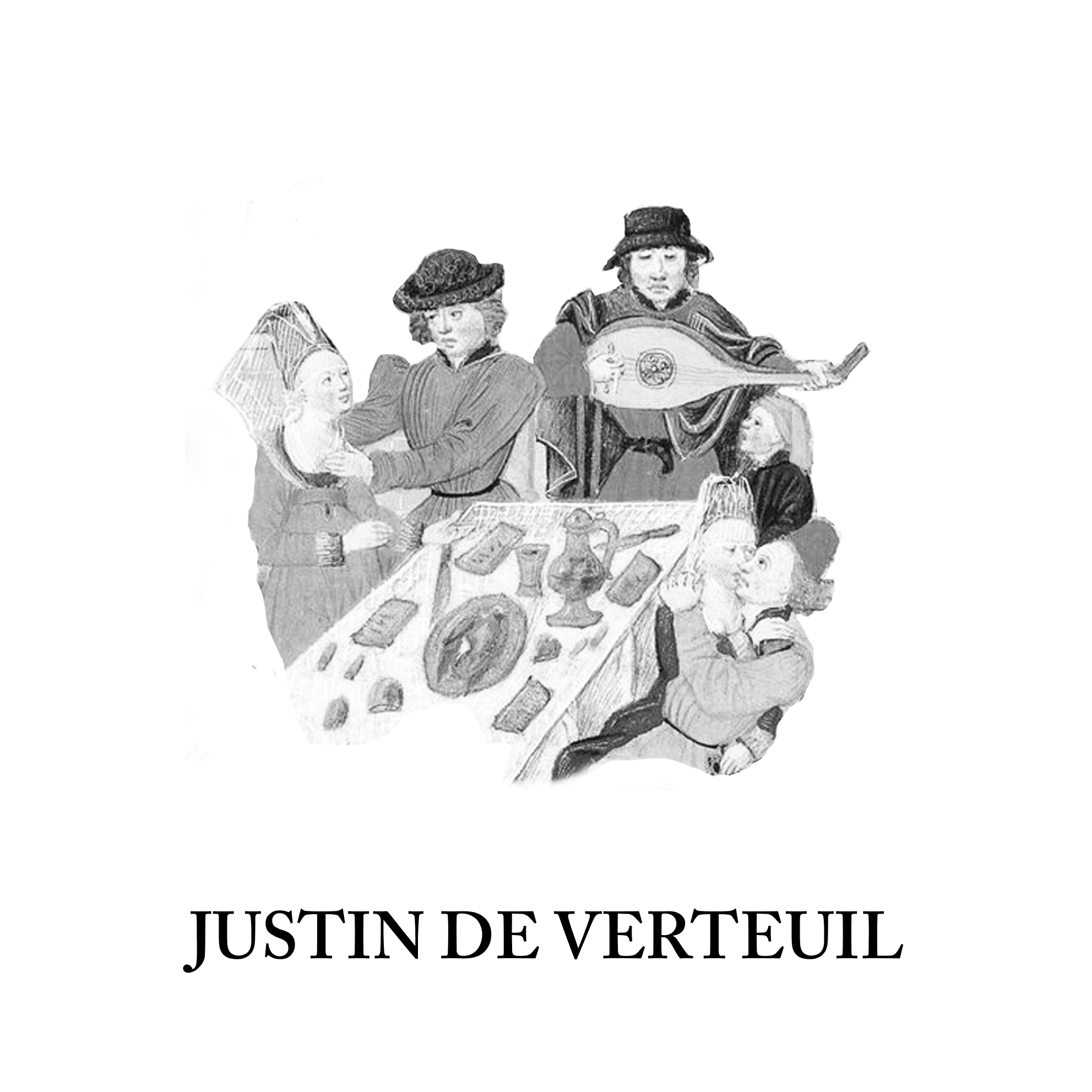
Justin de Verteuil

1. Can you introduce yourself?
My name is Justin de Verteuil. I was born in Port of Spain Trinidad where I grew up before moving to Germany some years ago to study. I think I first became aware of painting being something that people did at about 21, whereupon I immediately dropped out of University and naively decided I wanted to paint.
2. Could you tell us more about artists that inspired your artistic path?
My first real introduction to painting would be shortly after returning to Trinidad from my short time at university in Canada, where I met the artist Edward Bowen who became a teacher/mentor for me. The time spent with him and the discussions we had revealed to me the potential in ones surroundings, in the mundane and how one can, through painting, transform that into something more. To abstract the everyday. Arriving in Germany I discovered Giotto, Piero della Francesca and the pantheon of medieval/ Renaissance artists and their gift for open narratives, stories which I knew from my upbringing but never had images for.
3. Are there writers, philosophers, or musicians that influenced you as well?
The art historian/philosopher Ananda Coomaraswamy has had a huge influence on my thinking about the role of the artist, and in general influenced my thinking about the world. Literature, film and music generally play the role of getting me into a mood or state of mind. A good film or book changes the way you see your surroundings and stays with you in the way you walk, talk and feel. It helps me get outside of myself. There are too many good authors, musicians, and filmmakers to mention though.
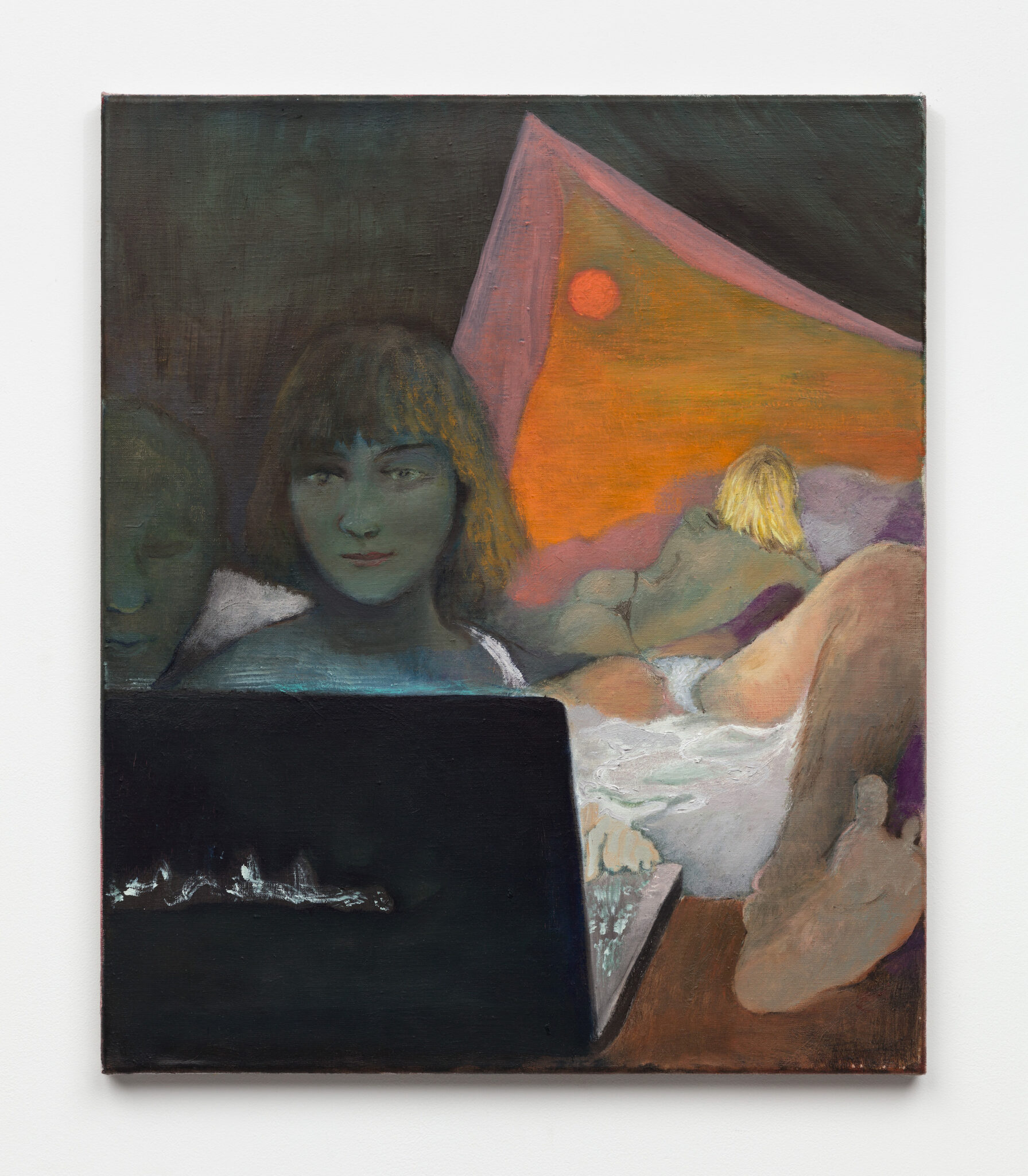
4. How does the idea of a painting come to your mind?
A painting usually begins with vague feelings, something which has stuck onto me, maybe just a feel for a certain colour or some snippet of an idea for a motif, but that is just to get started and from there it’s always about trying to respond to what is on the canvas and not what is in my head, always asking myself how does it feel in a sensory/emotional way. I think a good painting resonates with the body more than anything else, it’s a sensual response to an object.
5. We often notice exterior scenes and depicted poetry of the streets. We can draw a link with that tradition of the street poetics theme dear to the moderns, which can be found in the notebooks of malte Laurier Bridge of Rilkes, or many poems of Baudelaire; can you tell us more about your interest for outdoor scenes?
There is so much to be mined out of the city as a setting in painting, film, and literature. I suppose it just happened because its where I am living now. I think the first one was in 2018, a painting of Grabba Platz here in Düsseldorf and I really enjoyed being able to step out of the academy at the time and check how it felt in reality next to how it felt in the painting. Growing up in Trinidad, although there is a city, you don’t interact with it and live in it as you do elsewhere and so it’s a thing of curiosity more than anything.
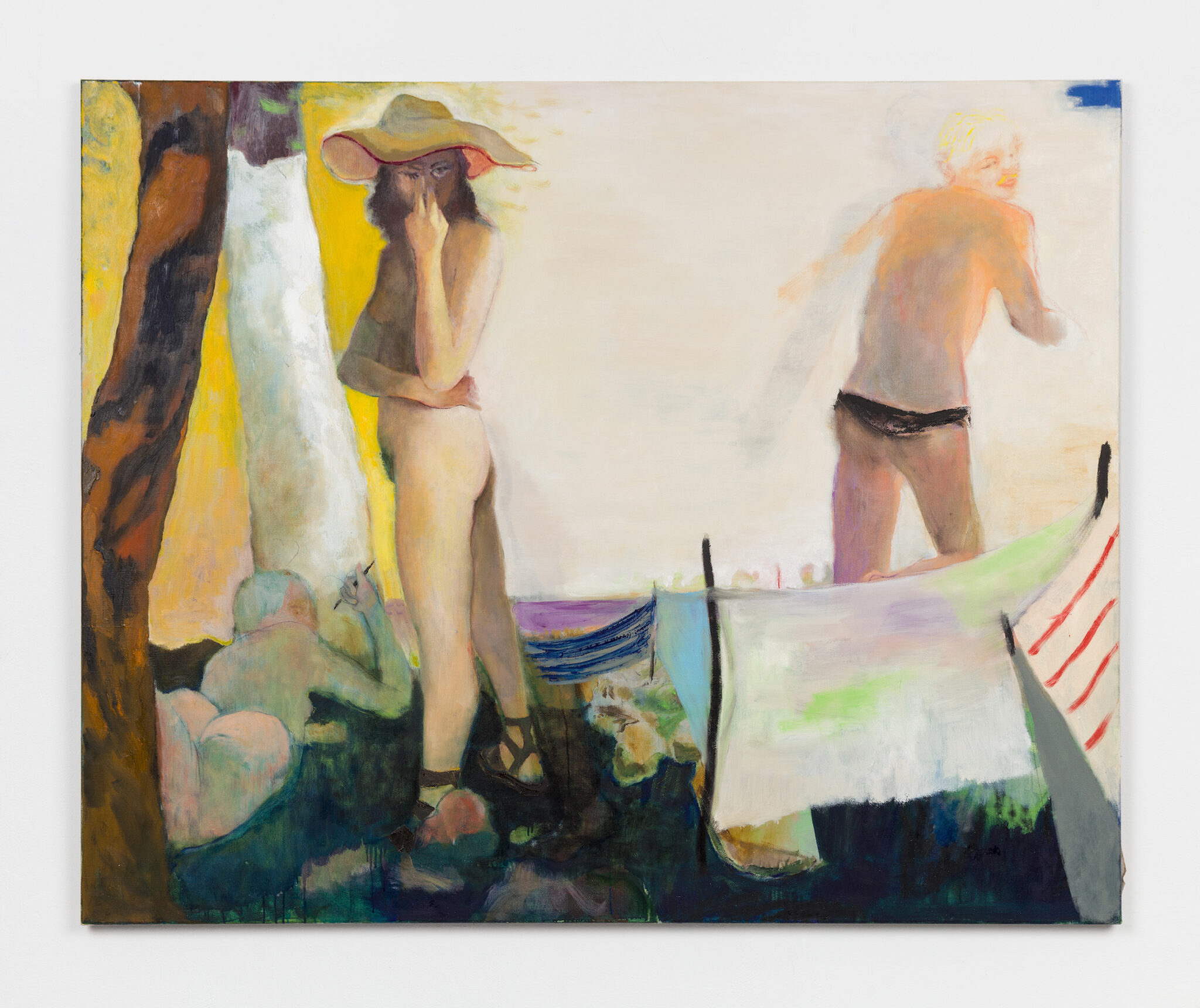
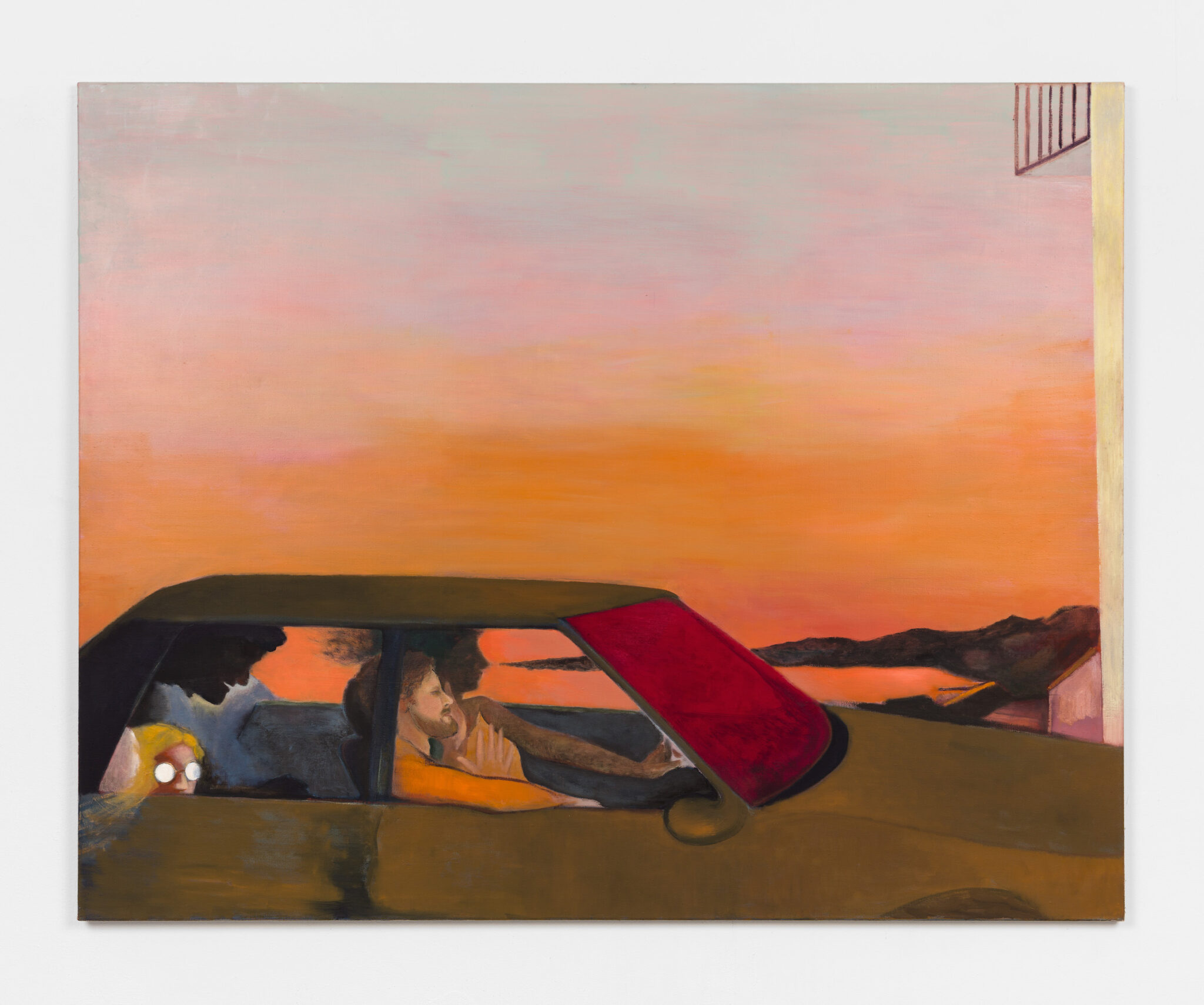
6. We can recognize an early gothic iconographic influence in your artworks, is it the case? What attracts you to this periods iconography?
I’m not so sure about the iconography other than perhaps this painting 12 Chelsea (rainbow) in the current show at Caprii. However, I think they got it right with their forms at the time. There is something about the balance between drama and stillness, a kind of frozen movement. It is much more musical for me than later painting. I once read that most of the poses in Giotto’s frescoes in Padua came from a tradition of theatre where the characters would hold various poses while a choir sang what the scene was about.
7. We often see people interacting together or group scenes, the idea of the reunion seems to be central in your paintings, could you tell us more about this interest?
I think a painting with multiple figures has a very different effect on the viewer than of a single figure. A singular figure can be a more intense direct engagement where as i think a group of figures gives the feeling of standing outside and watching in, looking from a distance. These group paintings started after the Covid lockdowns were removed, perhaps that had something to do with it, coming together again after only having distanced contact with one another.
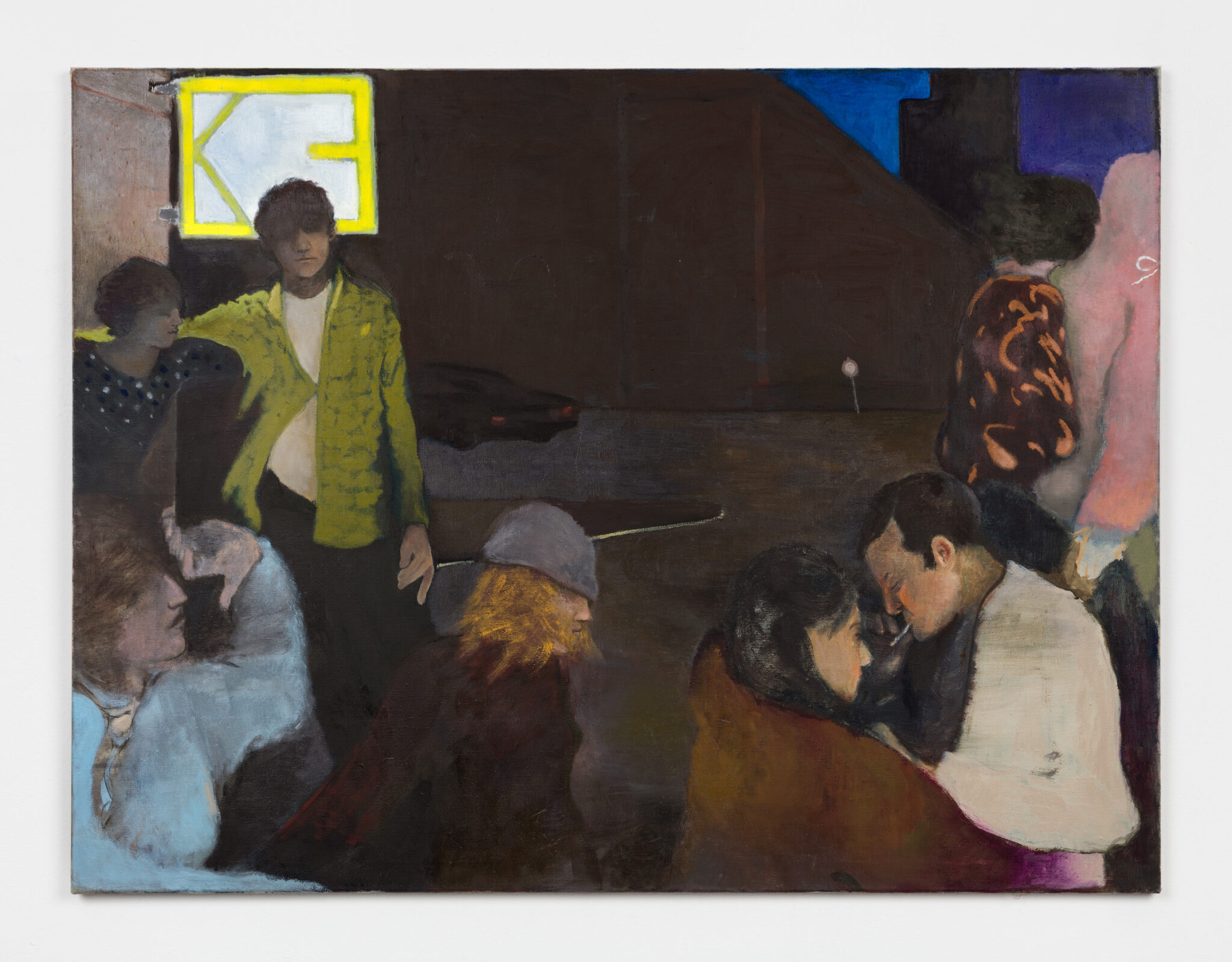
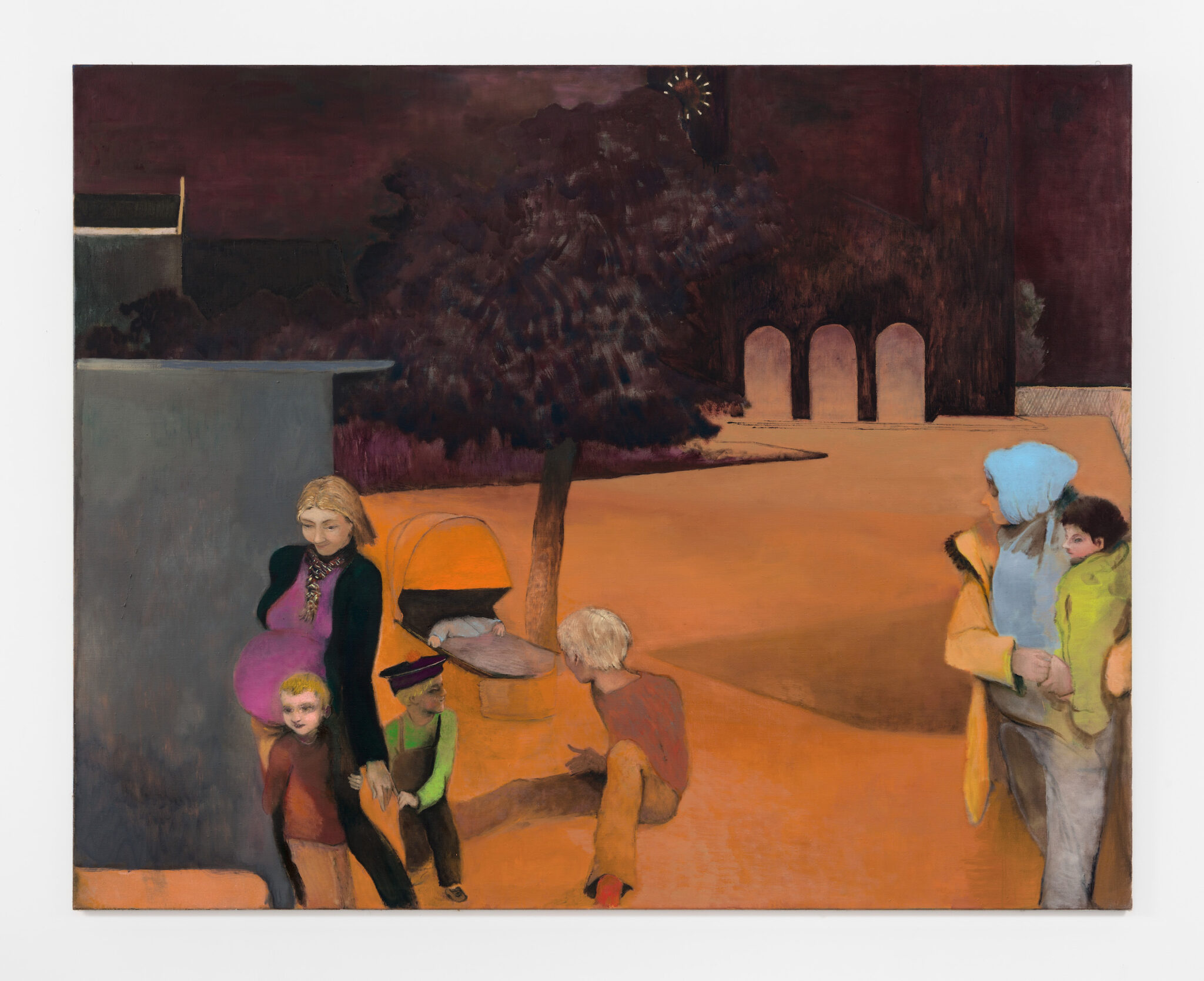
8. These interactions are often depicted with a kind of distance between the persons. What idea of intimacy is conveyed in your works?
I suppose no matter how intertwined one may be with another each of us leads a private inner life, a wall that cant be penetrated. You never know what the other is really thinking or feeling. Each figure is there, through their pose, expression, and actions to reveal that inner life, or lack there of.
9. We appreciate your singular chromatic palette; the paintings are usually predominantly dark but almost always suggest a contrast with one or two vivid colors such as orange, red or even pink. Could you tell us more about the way you conceive your colors?
I wish I understood it more myself. When is green just green or when is it atmosphere or whats the difference between green grass and a green pullover? It’s a lot of trial and error, just looking and seeing how it feels, a lot of scraping off and putting back on.
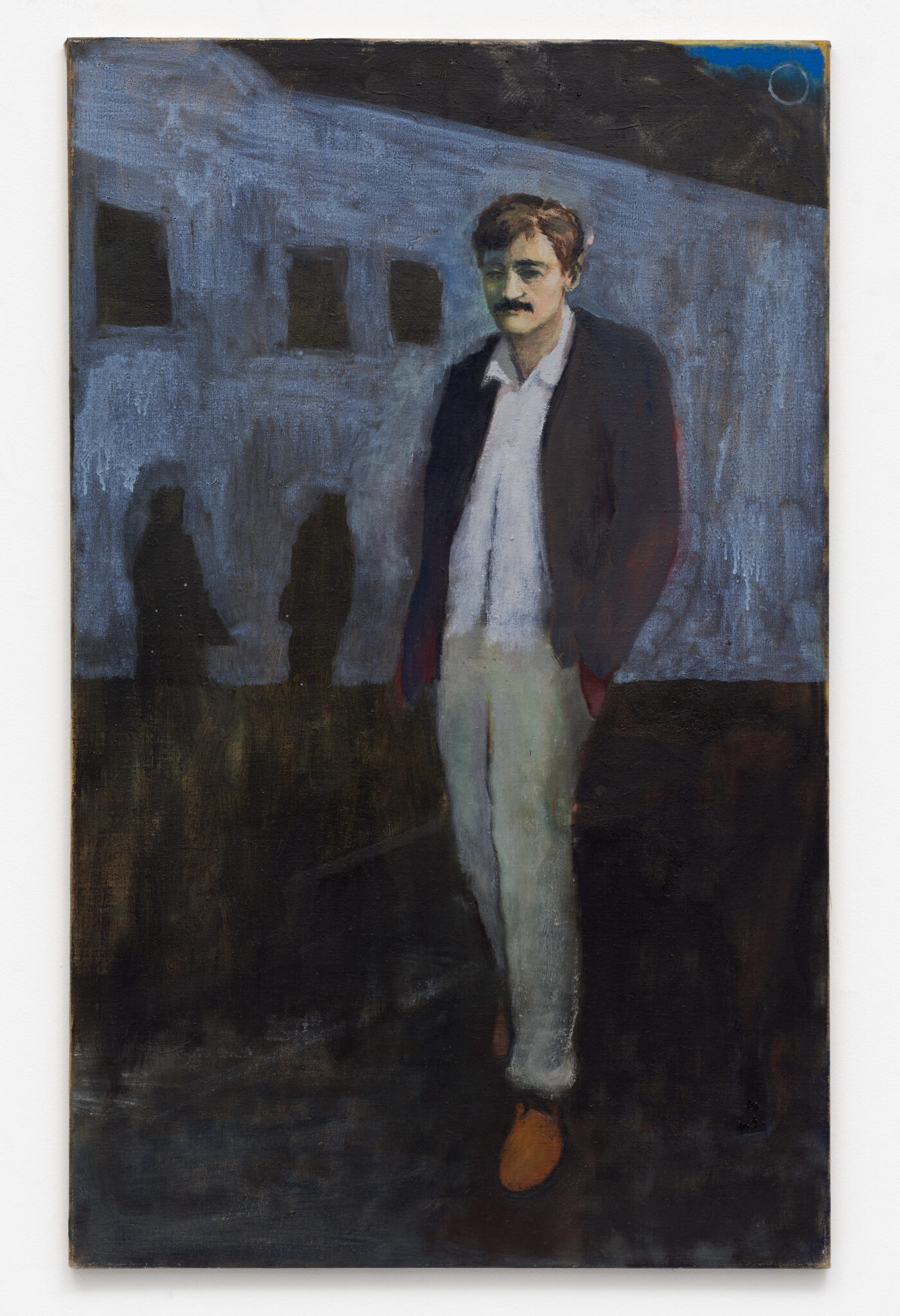

10. Tell us about a typical day of your work?
When Im really working I try to be in the studio around midday and depending on the day will stay until 9 or 10 in the evening but it’s never the same. Summer is different than Winter and painting itself is a very spontaneous act. Some days end in ecstatic feelings and others I don’t want to see or speak to another person. I can’t say there is ever a typical day, things never go as planned but just being there is enough to keep the momentum going.
11. Do you have any future or actual projects to share with us?
At the moment it’s just painting and enjoying the summer warmth.

